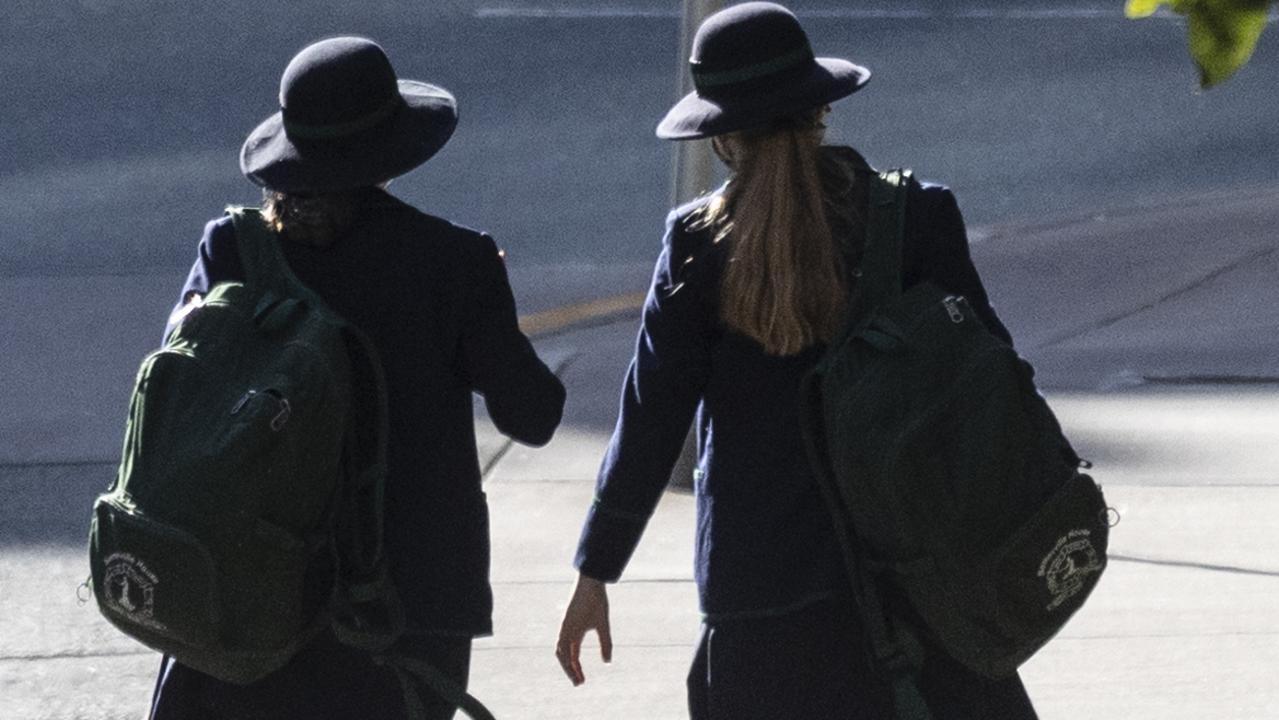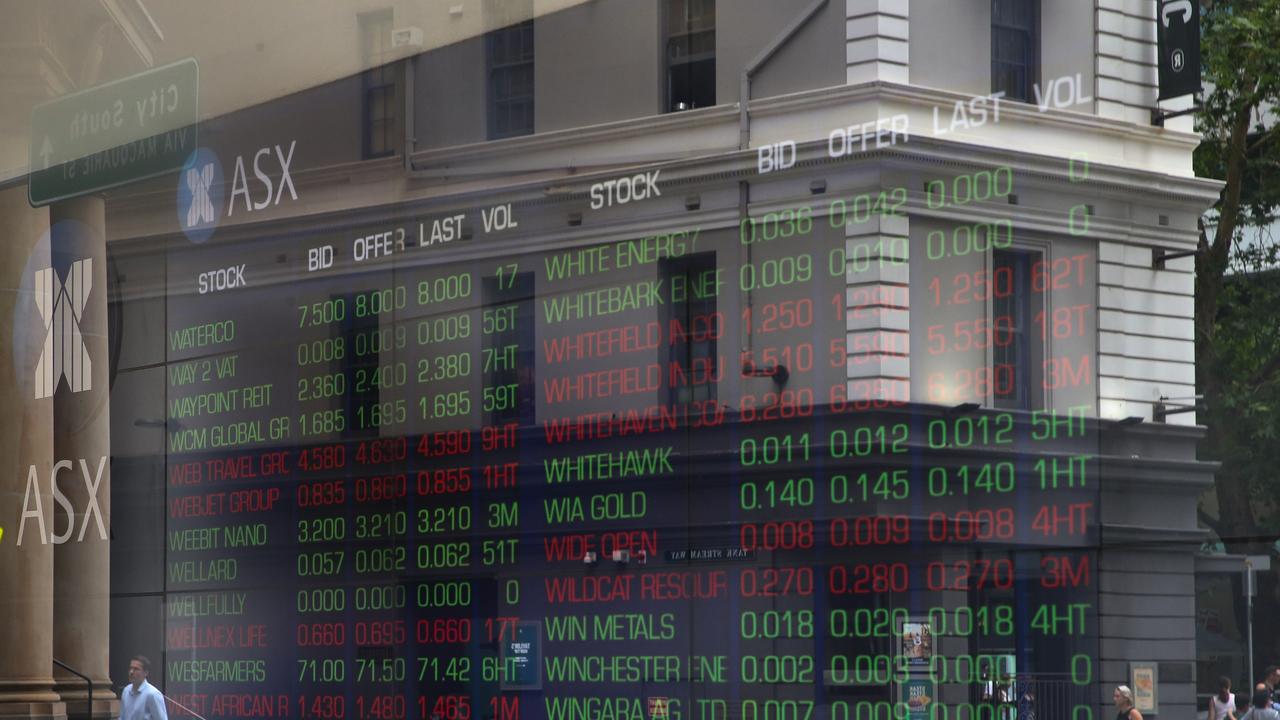Consumer sentiment dips in January on gloomier economic outlook
Aussie households are increasingly worried about a weakening currency and their job outlook, as the wait for an interest-rate cut becomes unbearable.
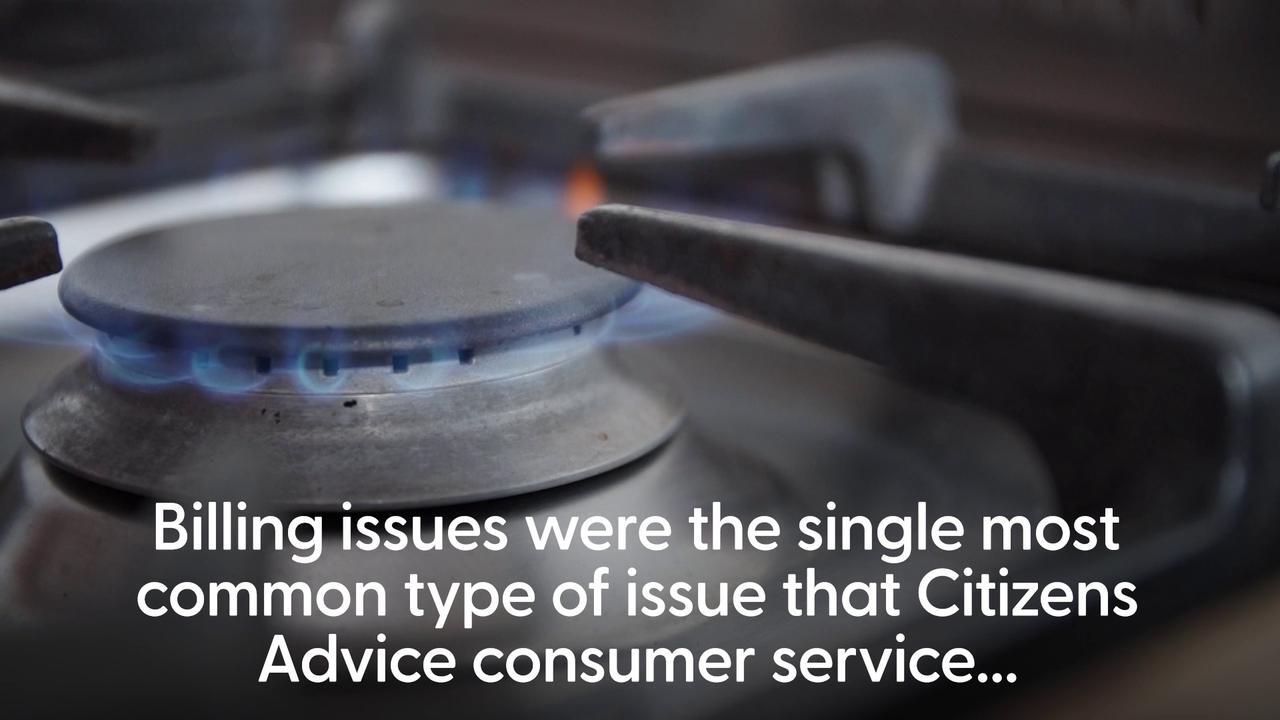
Aussies are feeling increasingly sour about their economic futures as a falling Aussie dollar and uncertainty about rate cuts and their employment drags consumer sentiment lower.
A Westpac-Melbourne Institute survey shows consumer sentiment slid 0.7 per cent to 92.1 points in January. While the consumer mood has improved in the last 12 months, anything under 100 points means sentiment is negative.
The major drivers were a falling Aussie dollar, a lack of interest rate cuts and falling consumer confidence around job security.
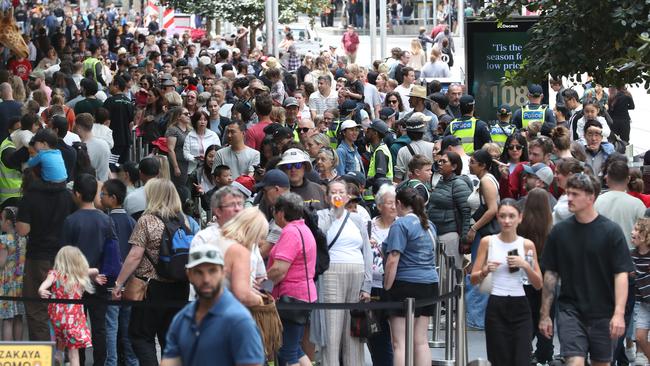
Westpac chief economist Luci Ellis said Aussies could be feeling the pressures from a weakening dollar.
“It is possible consumers were reacting to news about the depreciation of the Australian dollar against the US dollar, which resulted in some negative headlines about the outlook for interest rates and the broader economy,” Ms Ellis wrote.
The Australian dollar is hovering around its lowest levels since the start of the Covid pandemic in 2020, trending towards 61 US cents.
The weakening Aussie dollar could force import prices to rise, adding further pressure on the Reserve Bank to keep the official cash rate on hold at 4.35 per cent at its February board meeting.
During trading on Monday, the Australian dollar fell to 61.44 US cents, with the dollar falling nearly 9 per cent against the greenback in just the past three months – a sharp decline from above 69 US cents in late September.
Consumer confidence around jobs also fell, although it remains near a record high of 128.
Confidence fell by 2.8 per cent to 127.2, even though the unemployment rate fell to 3.9 per cent in November.
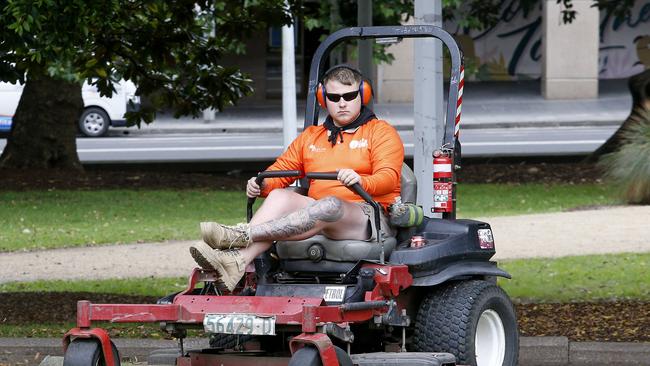
“Consumer confidence around jobs continues to deteriorate even though recent official data on unemployment has remained low and job vacancies have increased,” Ms Ellis said.
In welcome news, Aussies are becoming more positive about the housing market.
While Australian’s views on mortgage rates declined slightly, from 105.8 to 105.7, expectations towards housing overall improved.
“Within the overall view on interest rates in January, homeowners with a mortgage were more likely to expect a rate cut than either renters or outright owners,” Ms Ellis said.
“While the share of mortgagors expecting a cut has exceeded that of renters for more than a year, the increase this month has put them ahead of outright owners as well.”
The big four banks are split on when the first rate cut will occur. CBA and ANZ say the first rate cut could be in February. NAB and Westpac say inflation is improving but the first rate cut will occur in May.
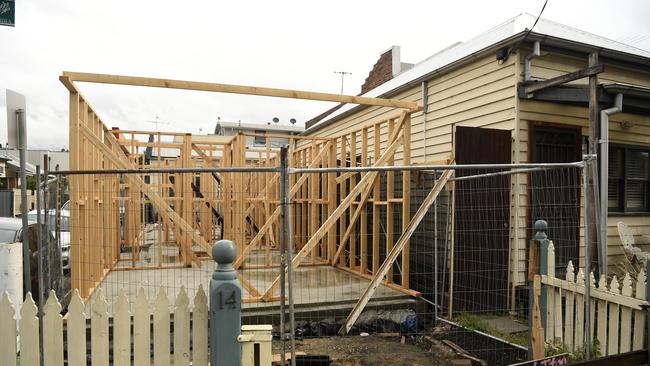
As price expectations continue to soften, more Aussies think it is a good time to buy with confidence surging 10 per cent in the month, reversing the falls in December
“The increase could reflect a combination of the growing view that mortgage rate decreases are coming, and a recognition that housing prices have slowed or even fallen in most population centres,” Ms Ellis said.
“At this level, though, sentiment towards housing is still clearly below historical averages.”
Separate PropTrack data shows house prices fell in December for the first month since December 2022.
Capital cities have driven the decline, with prices down in every city bar Perth and Hobart. Regional areas, in contrast, have held steady.
Originally published as Consumer sentiment dips in January on gloomier economic outlook

